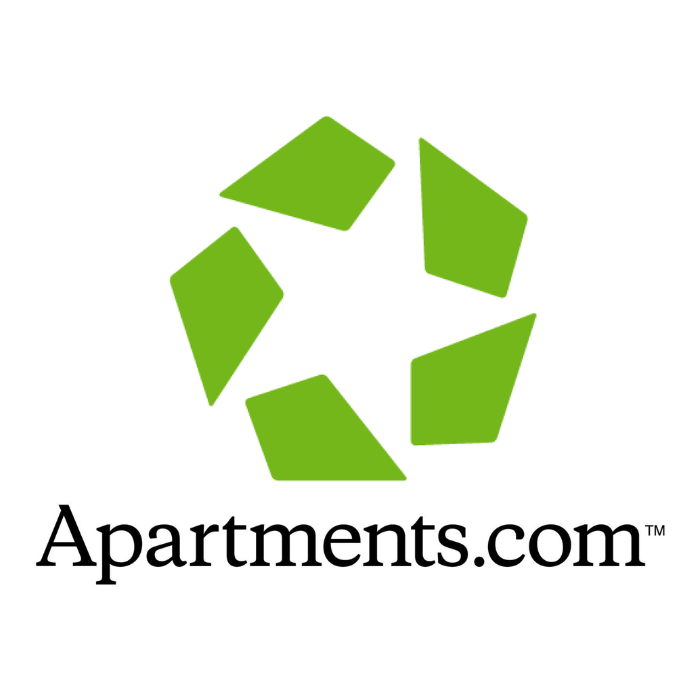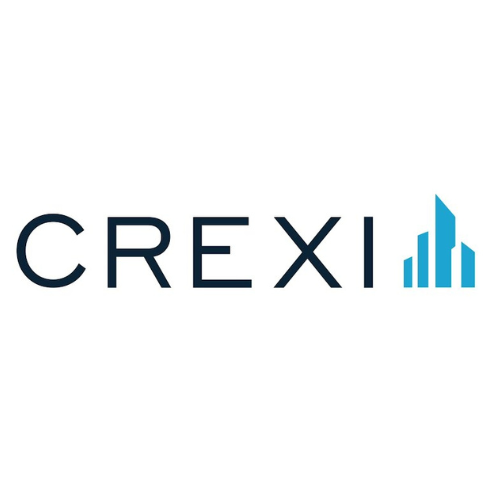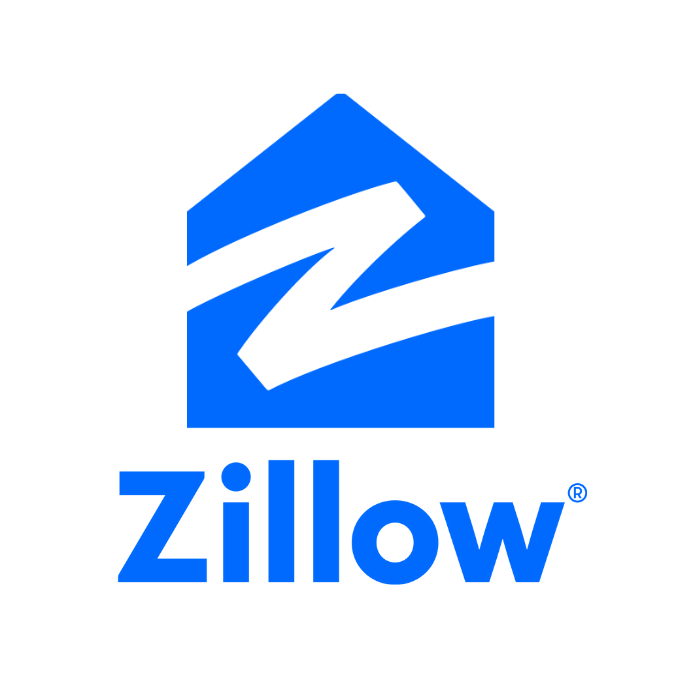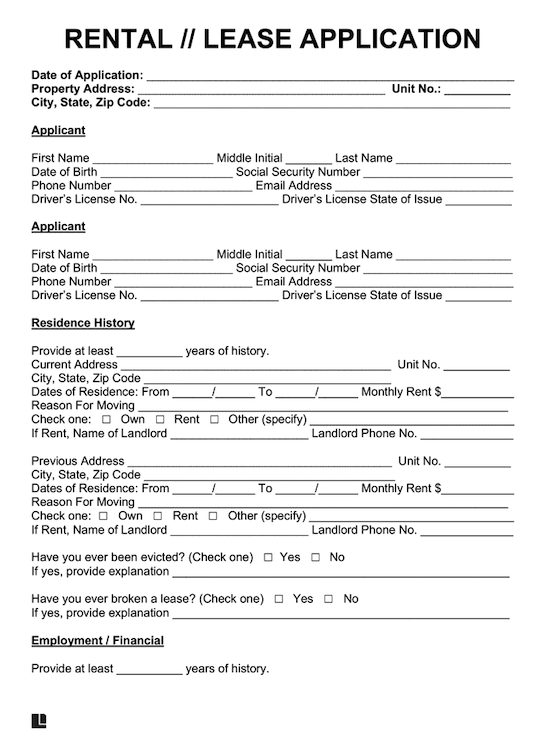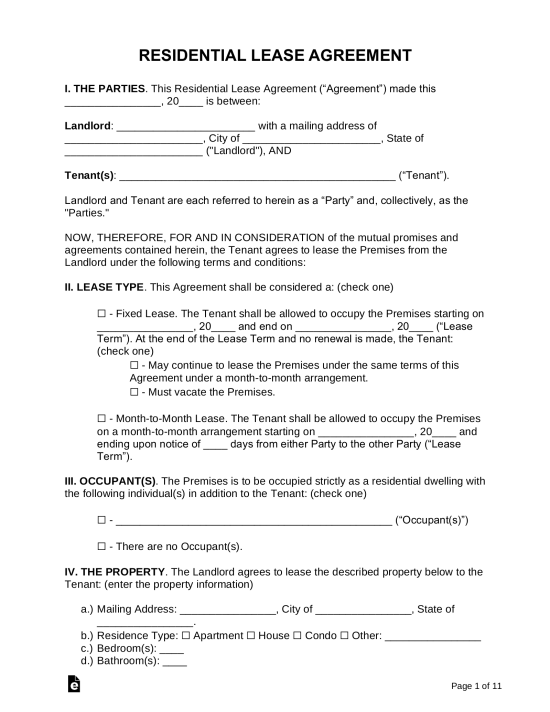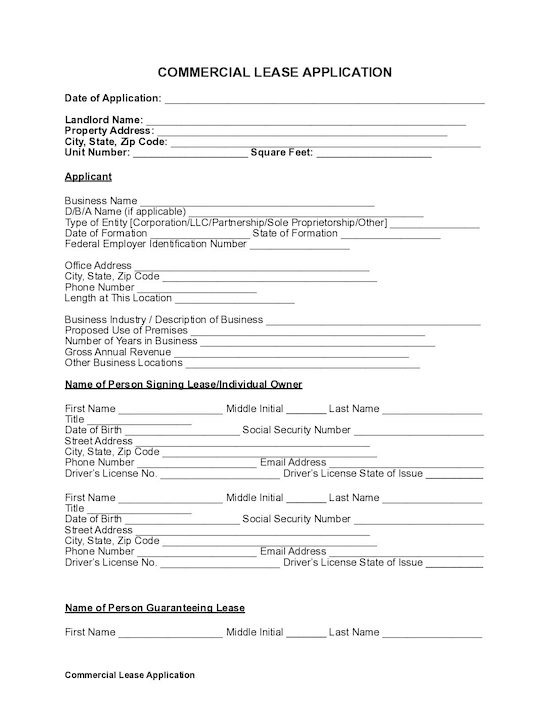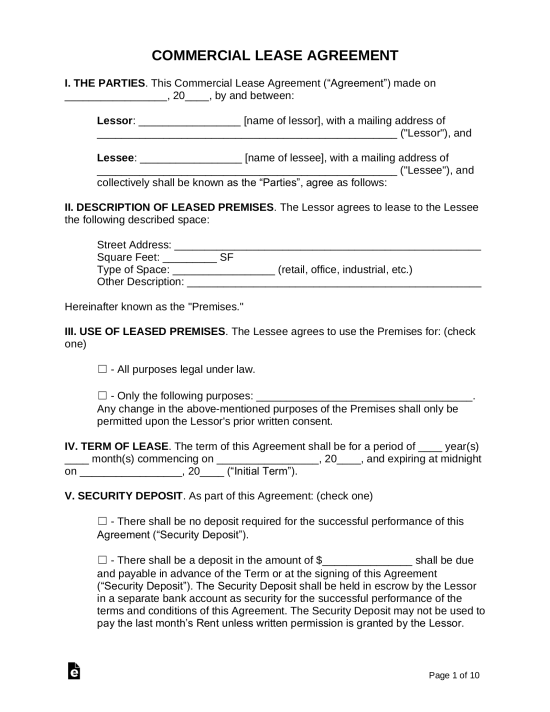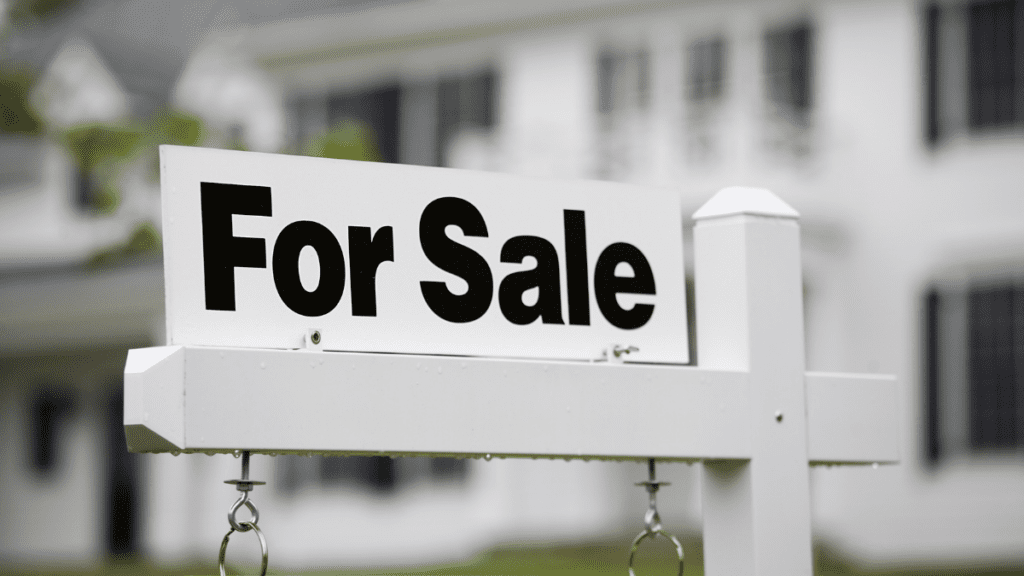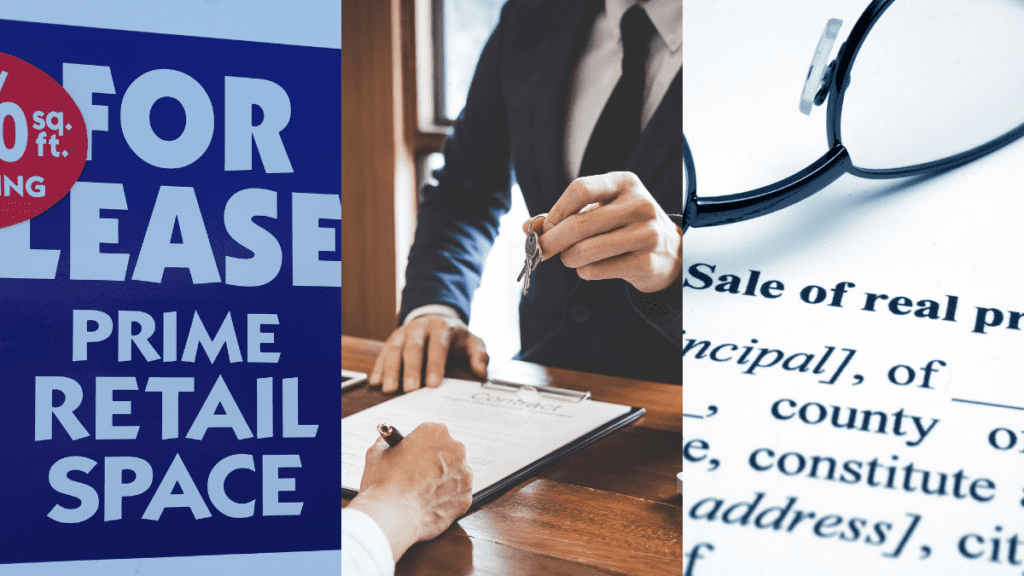Last Updated: January 2024
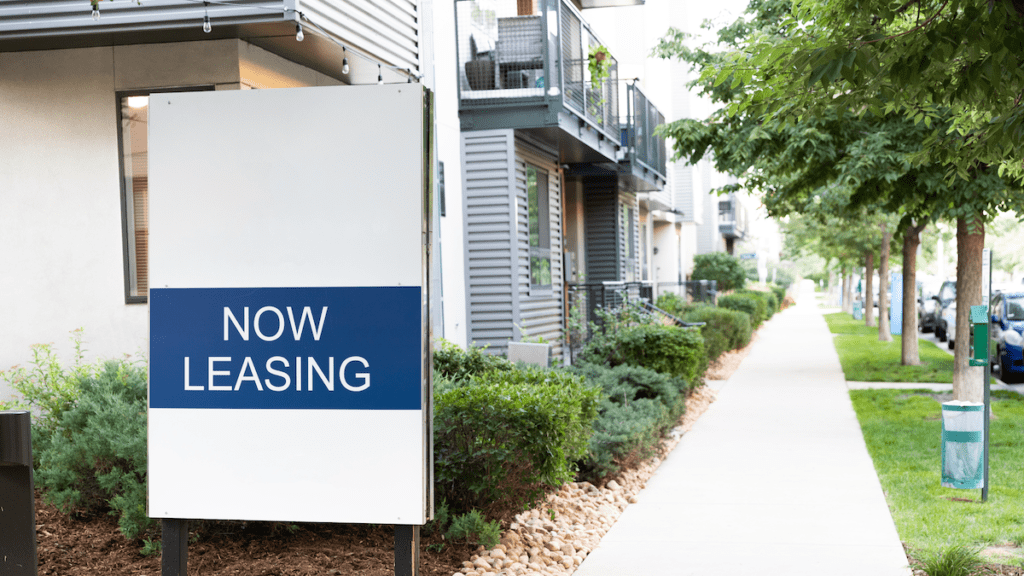
Rental property leasing is at the core of real estate investing. Through leasing, property owners generate income and tenants get access to real estate space for only the periods of time needed. Rental property leasing can take any forms including both residential and commercial properties, ranging from single-family rental homes and apartments to retail storefronts and industrial warehouse spaces.
What is Rental Property Leasing?
Rental Property Leasing Defintion
Rental property leasing is the process of renting out a property to a tenant in exchange for regular rental payments. The landlord and tenant enter into a lease agreement that outlines the terms and conditions of the rental, including the rental rate, lease term, and any restrictions or requirements.
Rental Property Leasing Explained
The leasing process involves marketing the property, screening potential tenants, negotiating lease terms, collecting rent, and maintaining the property throughout the tenancy. Rental property leasing can be a lucrative source of income for property owners, but it also requires property management and adherence to local and state laws and regulations.
Types of Rental Property Leasing
Rental property leasing can take many forms, but two of the most common types are residential leasing and commercial leasing. Residential leasing involves renting out properties such as apartment buildings, houses, and townhouses to individuals or families for living purposes. Commercial leasing, on the other hand, involves renting out properties such as commercial retail spaces, office buildings, and warehouse real estate to businesses and organizations for commercial purposes.
10 Steps – How to Lease Out a Rental Property?
Leasing out a rental property can be a profitable way for landlords to generate a steady stream of income. However, it requires careful planning and execution to ensure that the property is well-maintained, the tenants are satisfied, and the landlord’s interests are protected. Below we take a look at 10 steps that landlords can follow to successfully lease out a rental property.
- Prepare the Property: Before advertising the property for rent, landlords should ensure that it is clean, well-maintained, and ready for tenants to move in. This includes making any necessary repairs or upgrades, ensuring that all included appliances such as a refrigerator are in good working condition, and conducting a thorough cleaning.
- Determine the Rental Price: Landlords should research the local rental market to determine a competitive price for their property. They can do this by looking at similar properties in the area, as well as taking into account factors such as location, size, and amenities. Real estate data software such as rent comparison tools can also help.
- Advertise the Property: Once the property is ready and the rental price has been determined, landlords should advertise the property to potential tenants. This can be done through online real estate listing sites which can specialize in residential listings or commercial listings.
- Screen Potential Tenants: It is important for landlords to carefully screen potential tenants to ensure that they are reliable and responsible. This includes conducting a background check, verifying income, and checking references. Using a tenant screening software can help make this process easier for both applicants and property managers.
- Draft a Lease Agreement: Once a tenant has been approved, a lease agreement that outlines the terms and conditions of the rental agreement should be drafted. This should include details such as the rental price, length of the lease, and any restrictions or requirements.
- Collect Security Deposit and Rent: Before the tenant moves in, landlords should collect a security deposit and the first month’s rent. The security deposit should be held in a separate account and returned to the tenant at the end of the lease term, provided there is no damage to the property.
- Conduct a Move-In Inspection: Before the tenant moves in, landlords should conduct a move-in inspection to document the condition of the property. This can help to avoid disputes over damages or repairs when the tenant moves out.
- Maintain the Property: Throughout the lease term, landlords should maintain the property to ensure that it is in good condition. This includes addressing any maintenance or repair issues in a timely manner.
- Communicate with the Tenant: Landlords should maintain open communication with their tenants throughout the lease term. This can help to address any concerns or issues that arise and ensure that the tenant is satisfied with the rental experience. Landlords can use a rental property management software to facilitate the relationship to track rent payments, maintenance requests, and more.
- Renew or End the Lease: At the end of the lease term, landlords can choose to renew the lease with the same tenant or end the rental agreement. If the tenant is interested in renewing, landlords can either do so via a lease amendment or draft a new residential or commercial lease agreement that outlines any changes to the rental terms. If the landlord decides not to renew the lease, they should provide the tenant with appropriate notice and follow local laws and regulations for ending a rental agreement.
The #1 Rental Property Newsletter
Once a month, we send out an exclusive Rental Property Market Update with top stories, current mortgage rates, building products, and more. No spam and unsubscribe anytime.


Best Websites for Online Rental Property Lease Listings
The process of searching for a rental property to lease, almost exclusively now starts online. Online real estate listing websites have millions of listings with properties available for lease. These websites are typically free for renters to browse, but often charge the property owner a fee to list their property for lease on the site. If you hire a rental real estate agent to lease your property, they usually syndicate it across many platforms at no additional charge.
Real Estate Agents For Leasing Rental Properties



Using a real estate agent to lease out a rental property can be a smart choice for landlords. Rental real estate agents provide valuable assistance with many aspects such as marketing vacant units, finding potential tenants, conducting tenant screenings, negotiating contract terms, and handling legal paperwork.
Rental Property Leasing Documents
Real estate contracts and forms are the important tools of the trade for leasing out rental properties. From screening application forms to commercial lease agreements, these leasing documents act as the glue that holds your rental real estate investing business together. Contracts can be created in several different ways including online templates, state-specific Realtor templates, and documents professionally drafted by legal professionals.
Rental Property Leasing FAQ
Are Renting and Leasing the Same?
The terms “renting” and “leasing” are often used interchangeably, but they do have some subtle differences. Renting generally refers to short-term arrangements, often on a month-to-month basis, where a tenant pays rent to use a property owned by someone else. On the other hand, leasing often refers to a longer-term contractual arrangement, where a tenant signs a lease agreement with a landlord for a specific period of time, typically six months or a year, and pays rent for the duration of that lease. In essence, leasing is a form of renting, but with a more formal and structured agreement.
What Laws Oversee Rental Property Leasing?
Rental property leasing in the United States is governed by a combination of federal, state, and local laws, that are often collectively referred to as Landlord Tenant Law. Federal laws provide broad protections, such as the Fair Housing Act, which prohibits discrimination based on race, religion, national origin, sex, disability, and family status. State and local laws often dictate specifics regarding lease agreements, tenant rights, security deposits, rent control, eviction procedures, and property maintenance standards, which can vary significantly from one jurisdiction to another.
About the Author


Ryan Nelson
I’m an investor, real estate developer, and property manager with hands-on experience in all types of real estate from single family homes up to hundreds of thousands of square feet of commercial real estate. RentalRealEstate is my mission to create the ultimate real estate investor platform for expert resources, reviews and tools. Learn more about my story.



